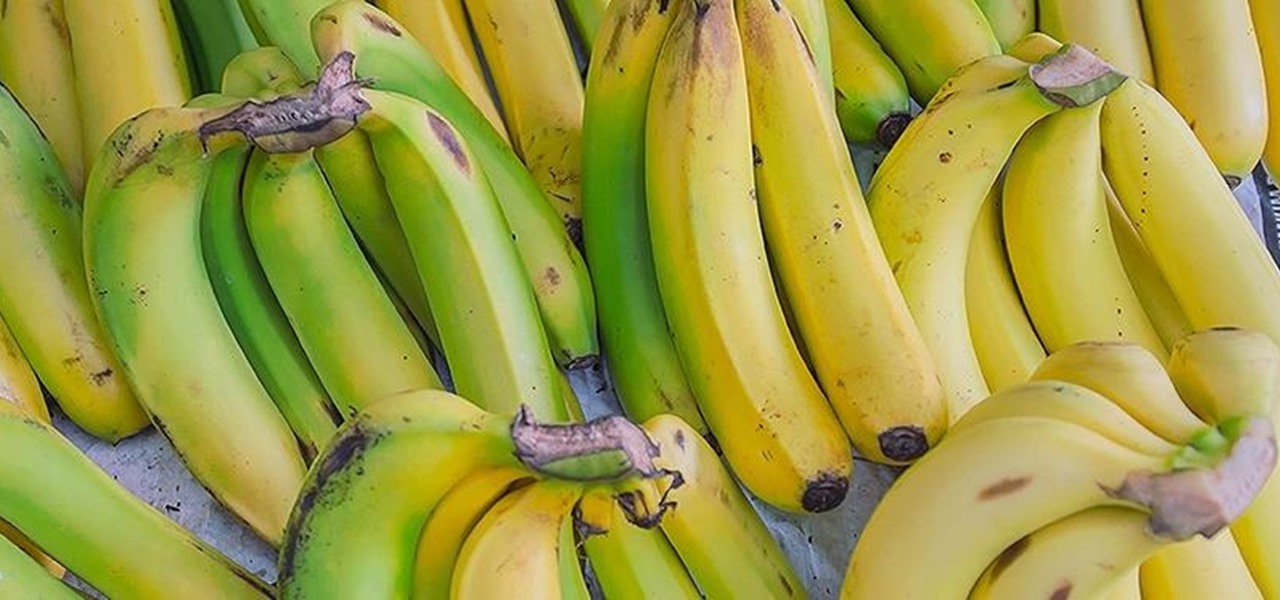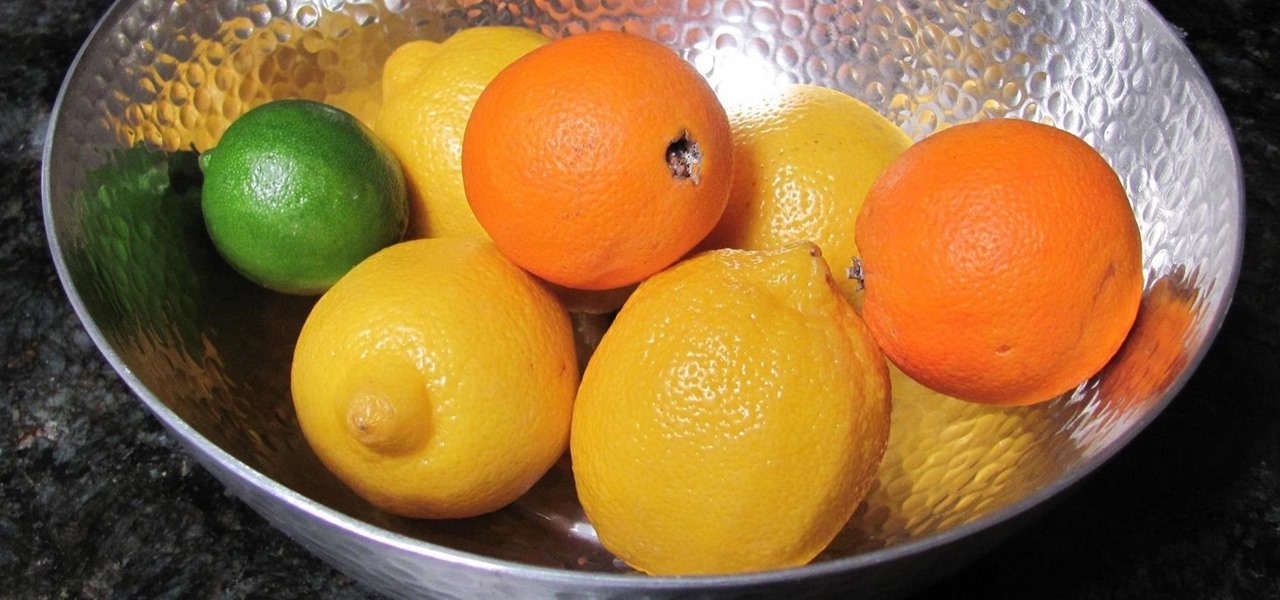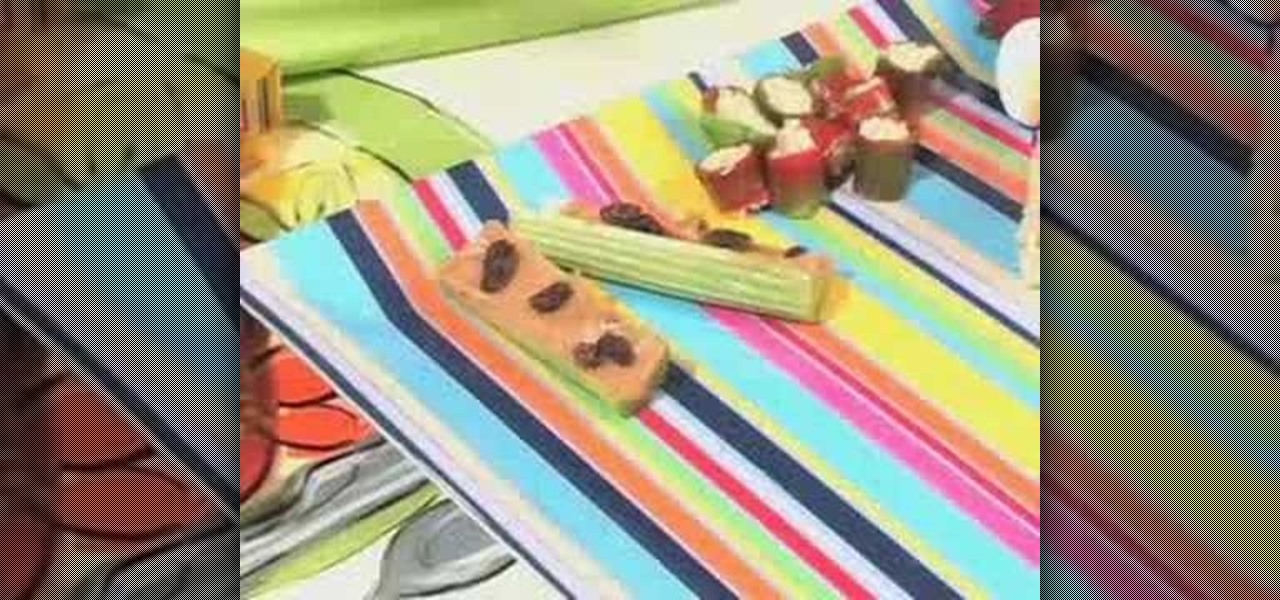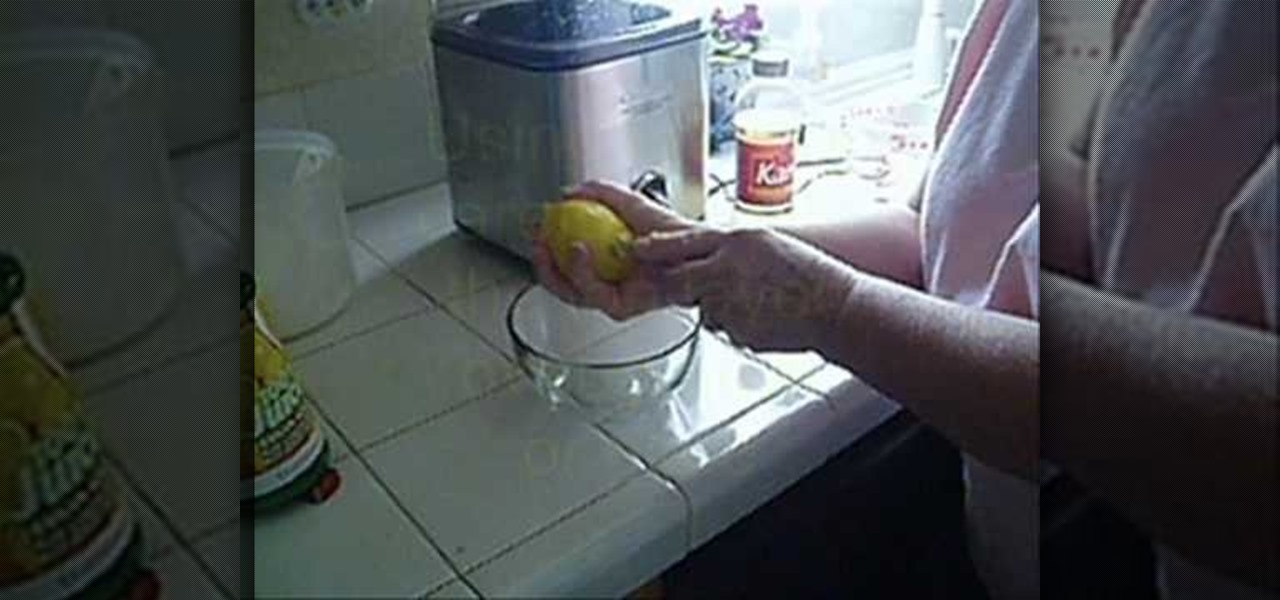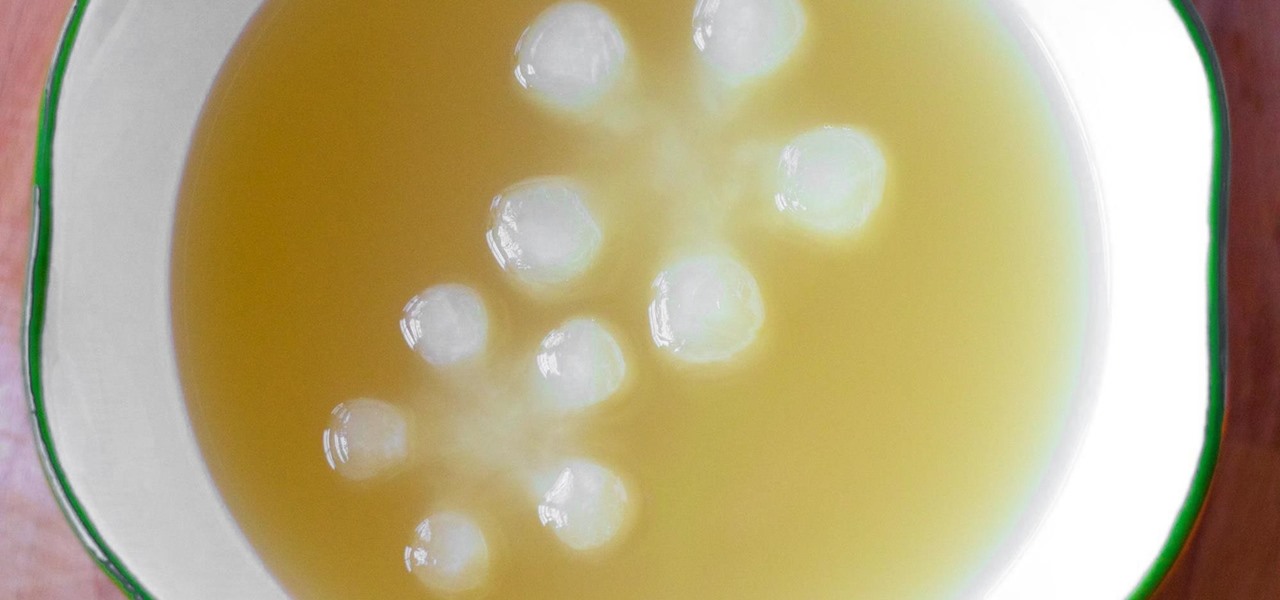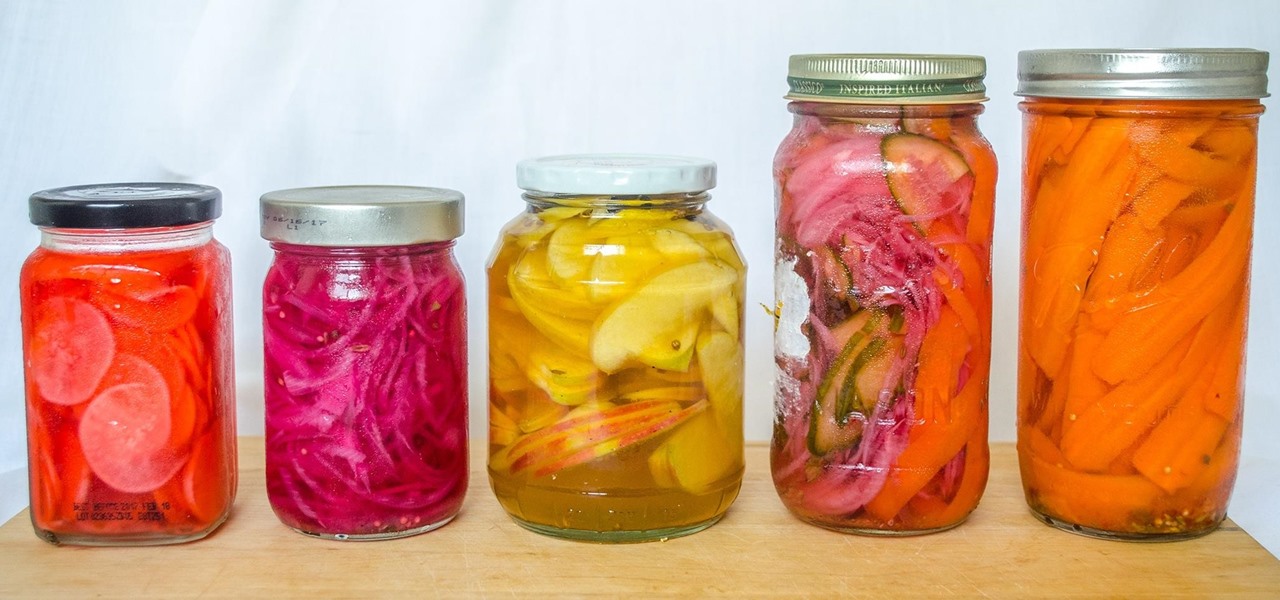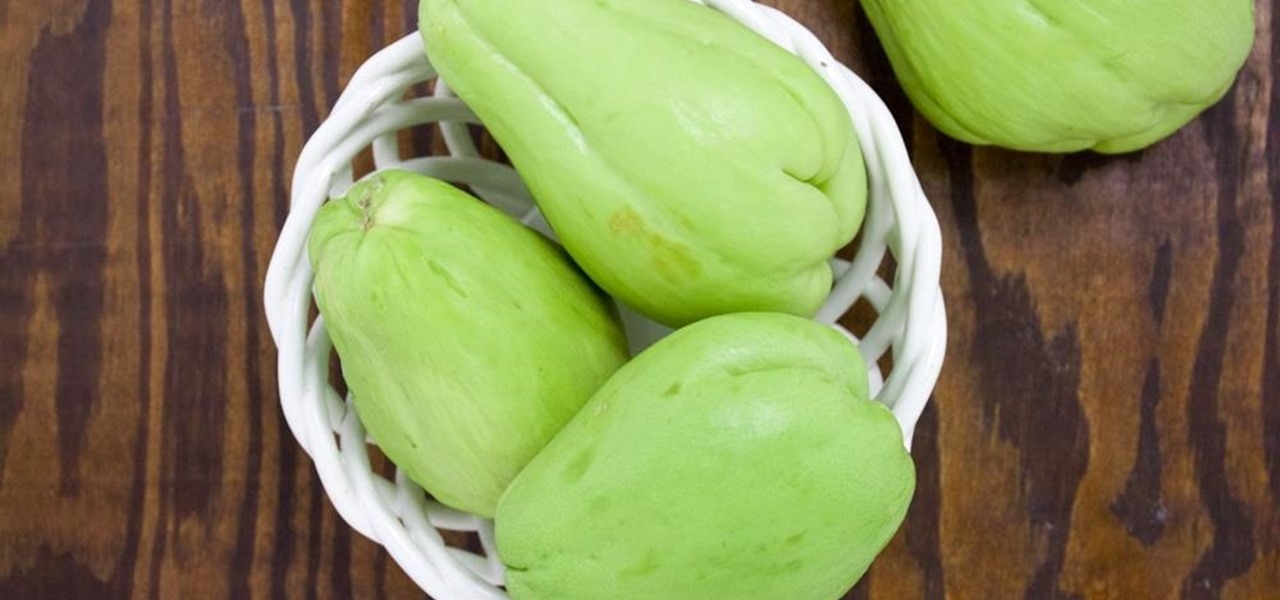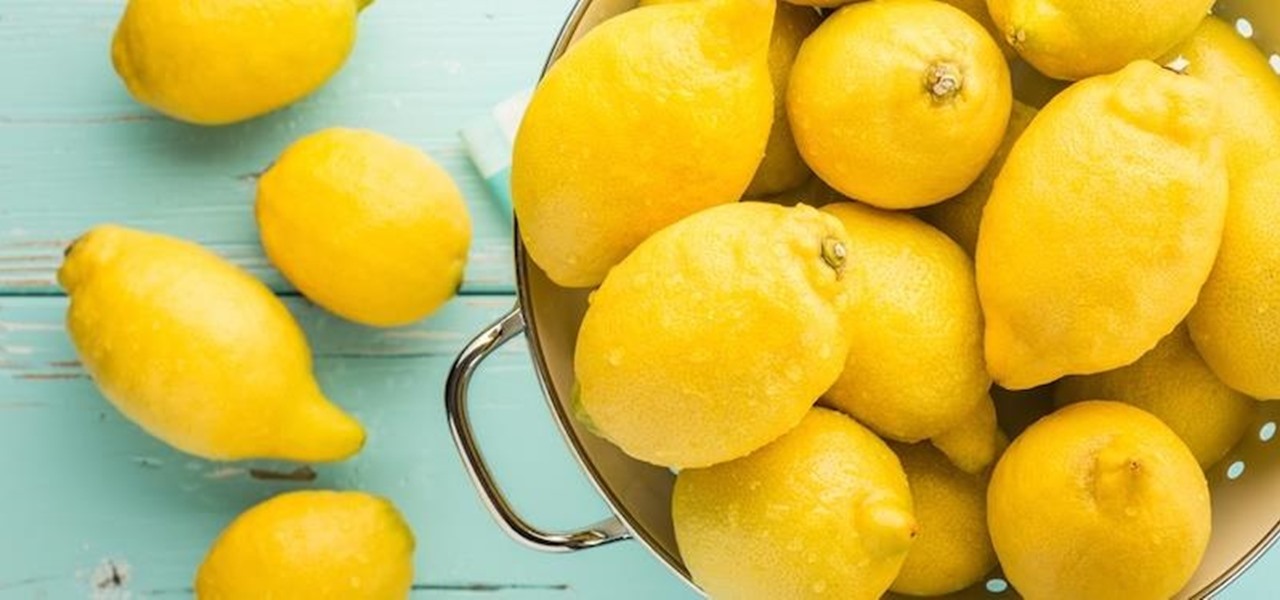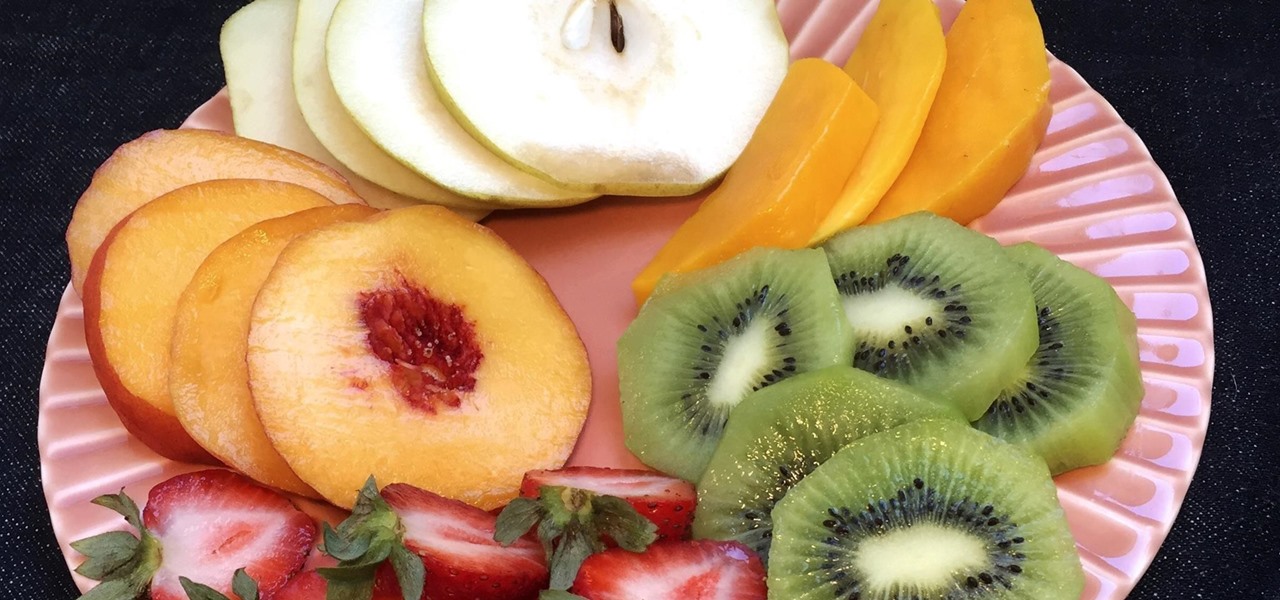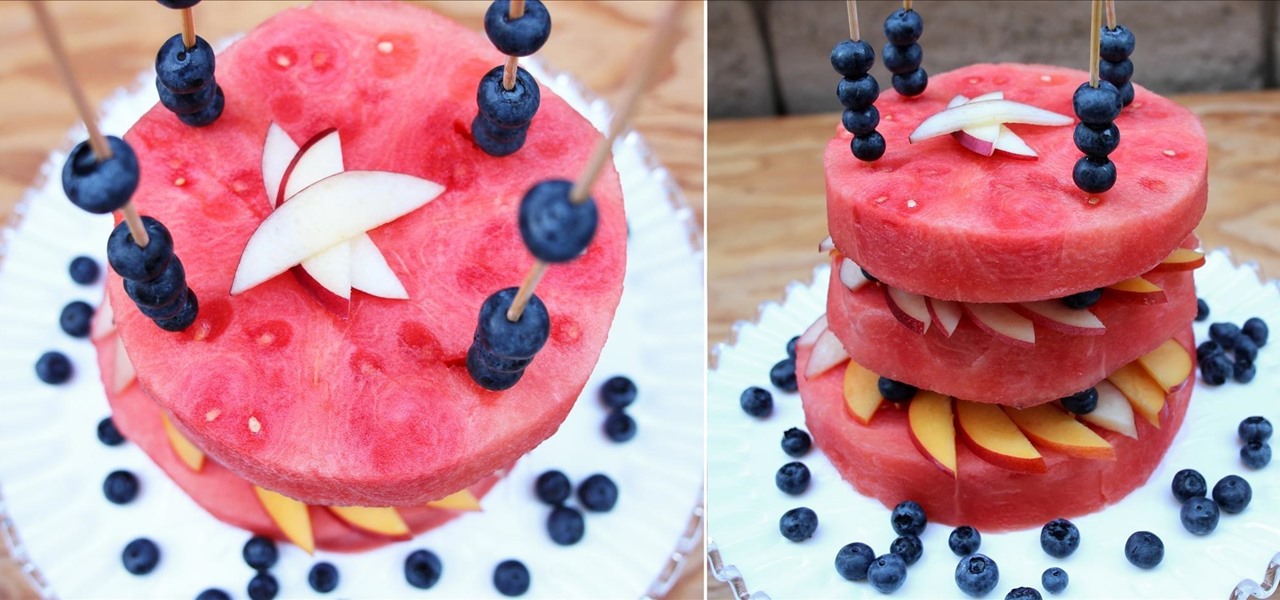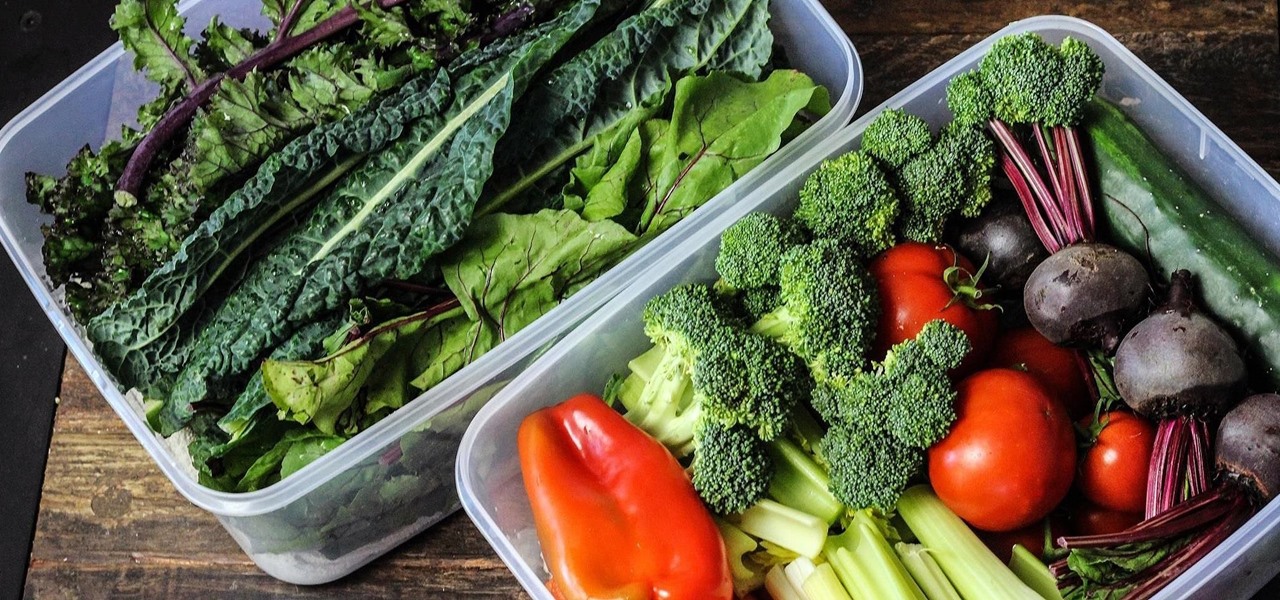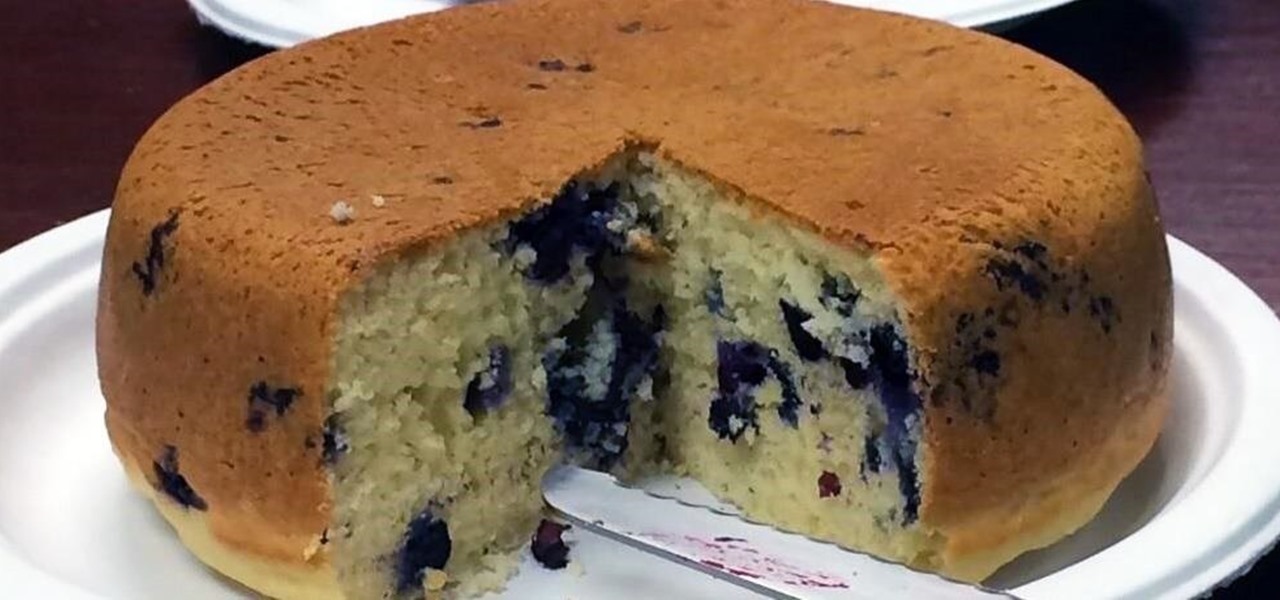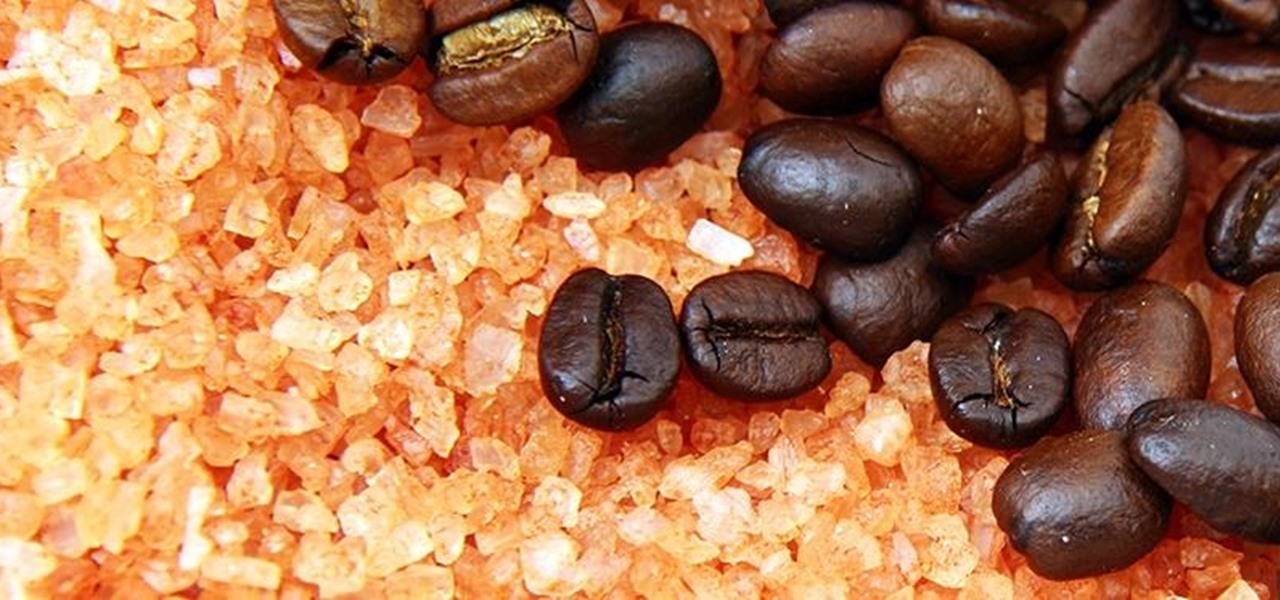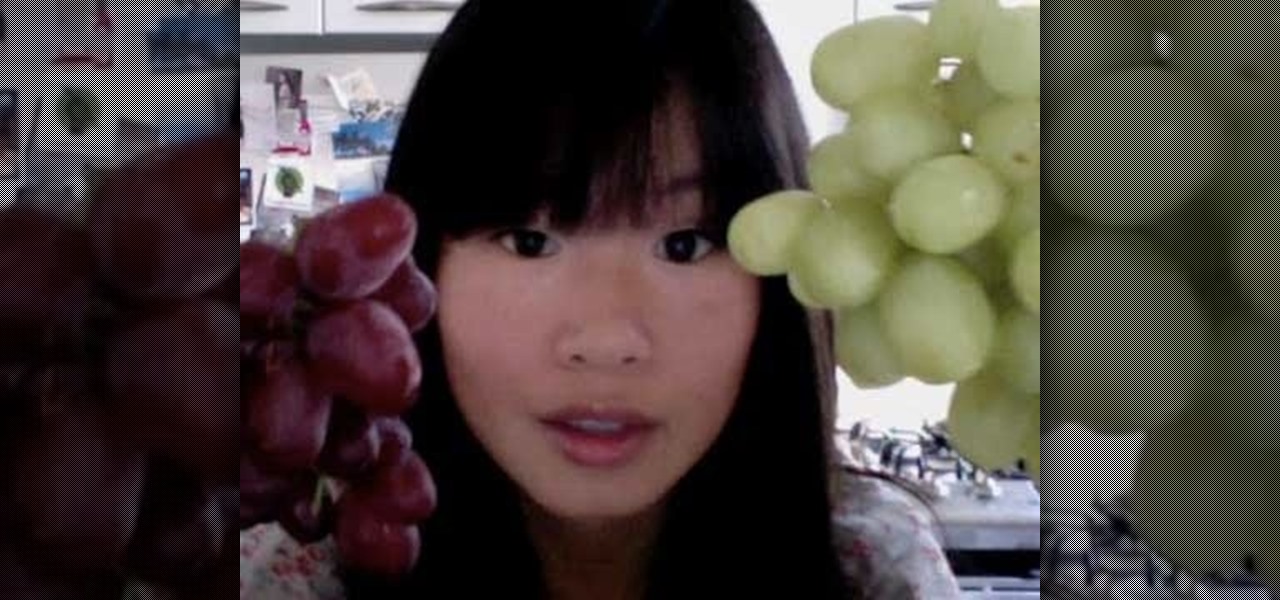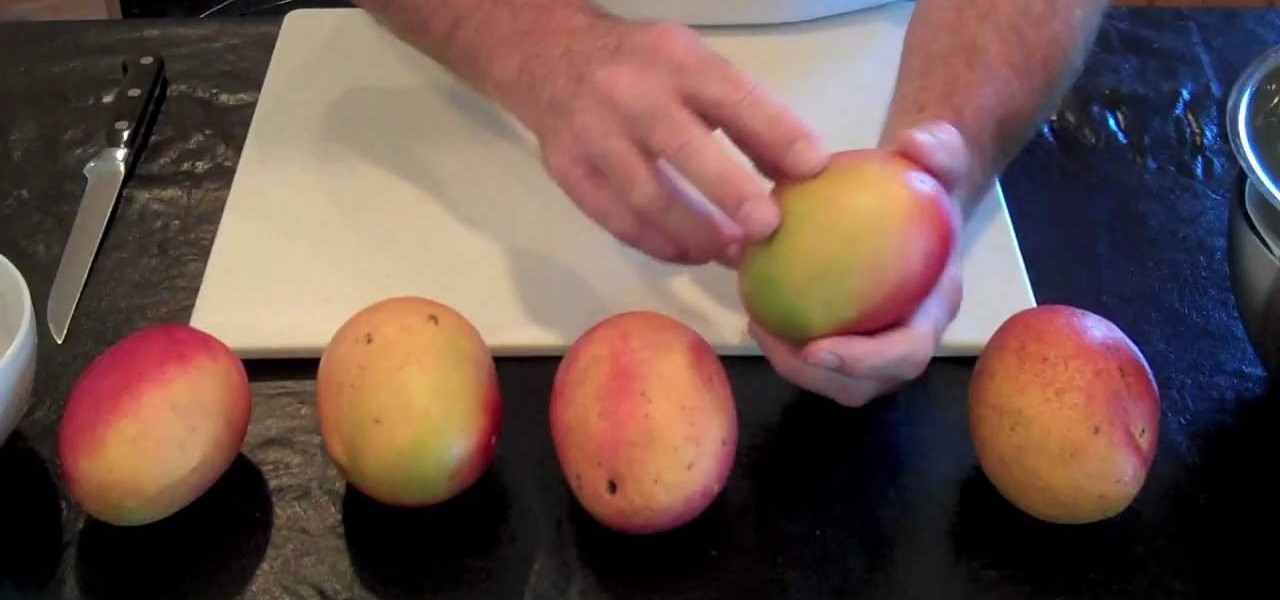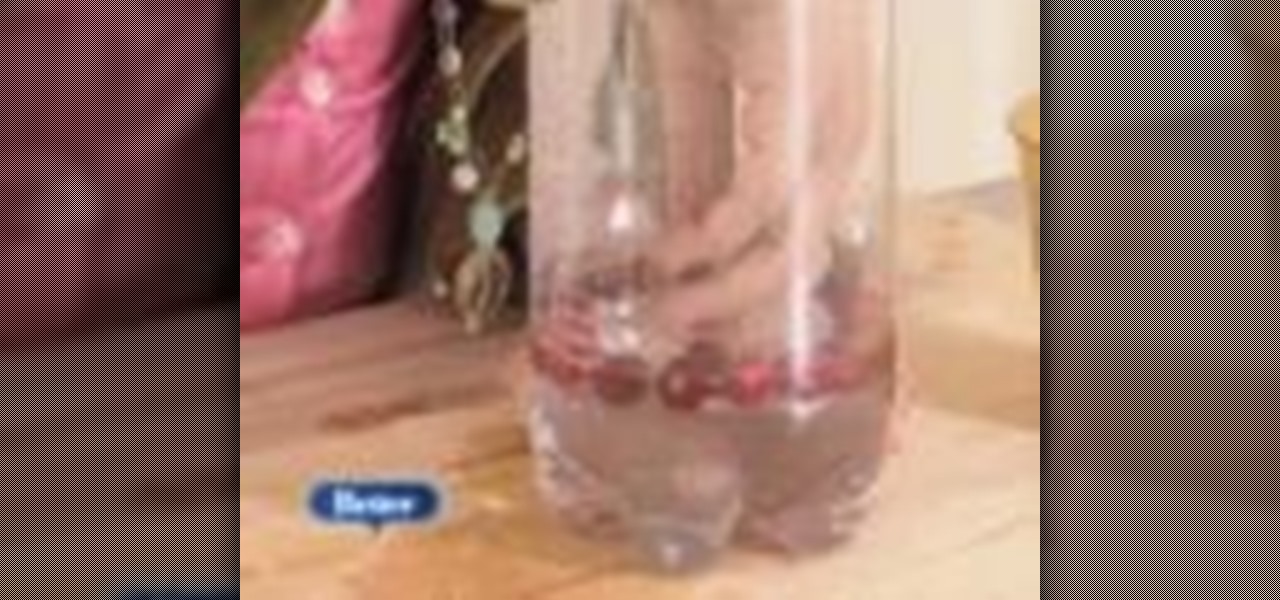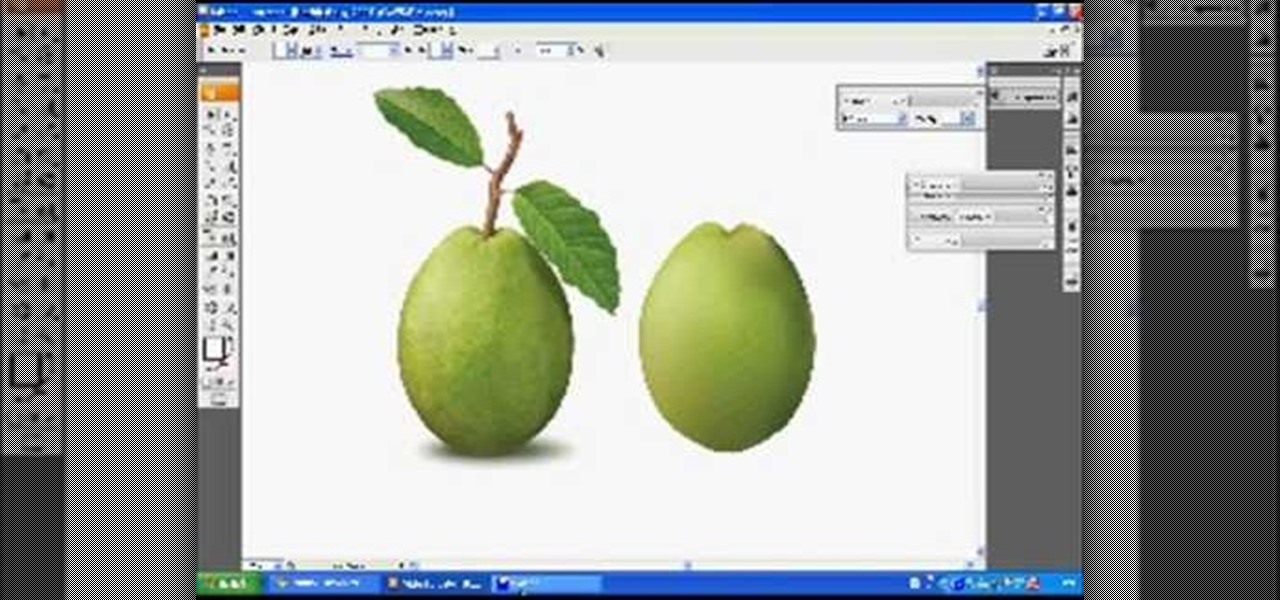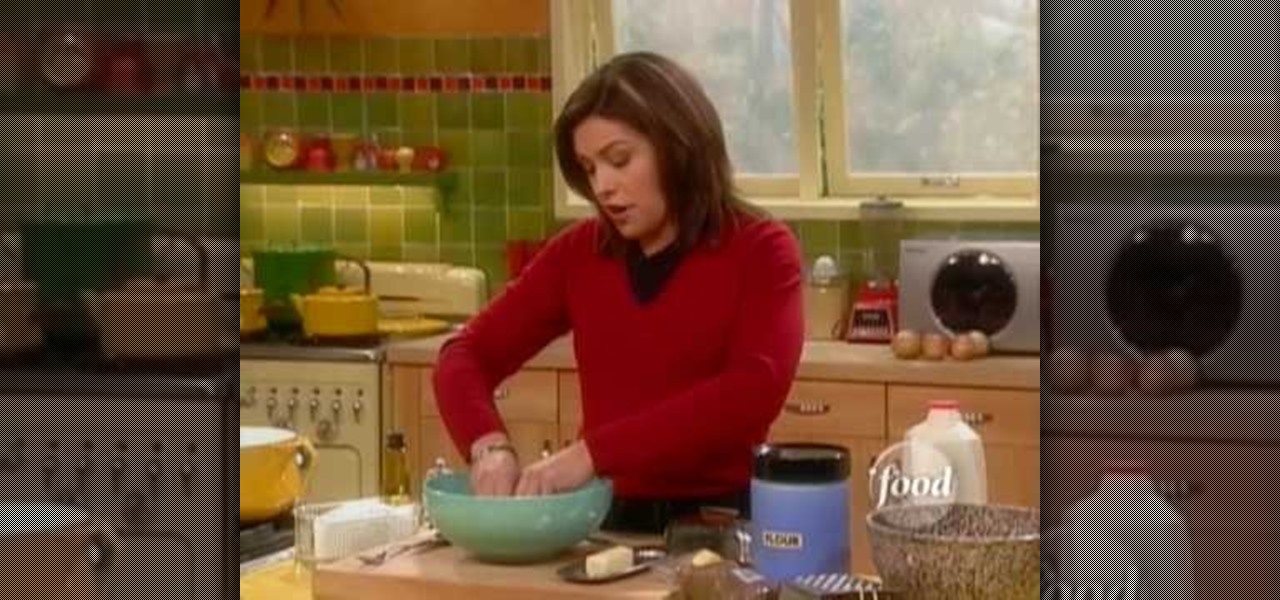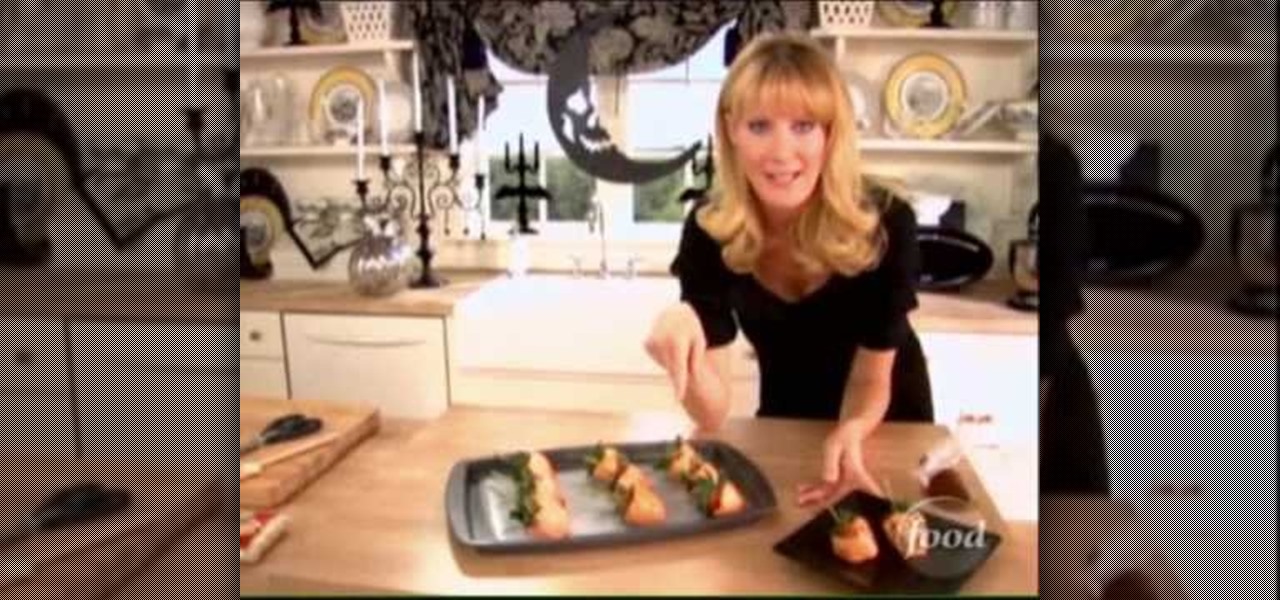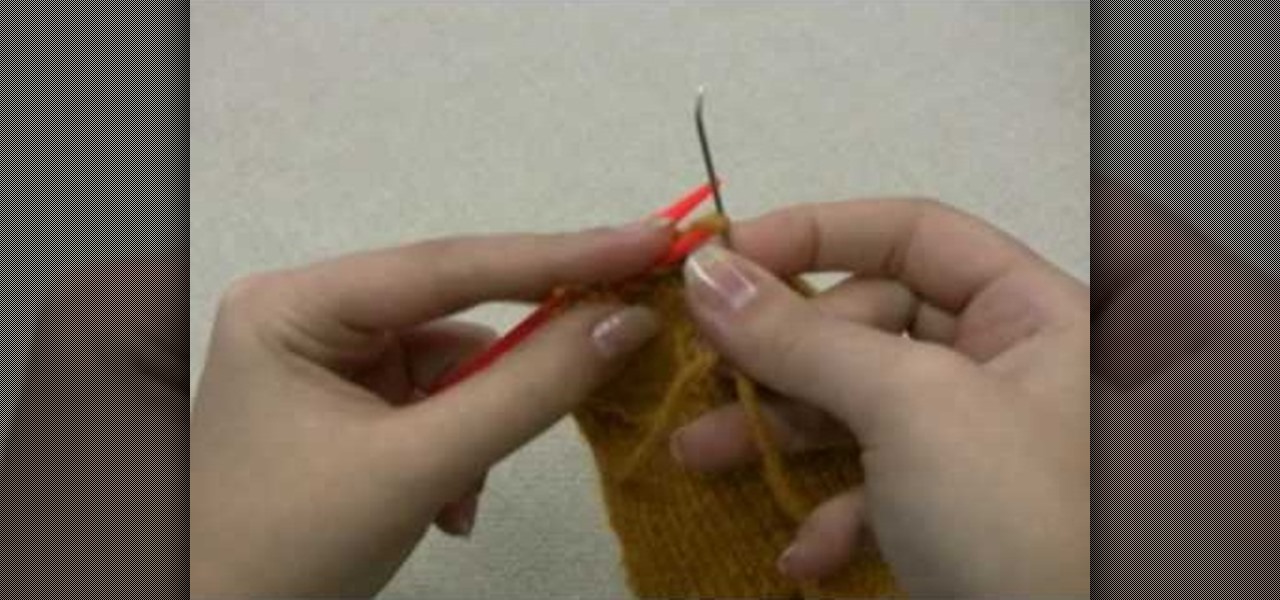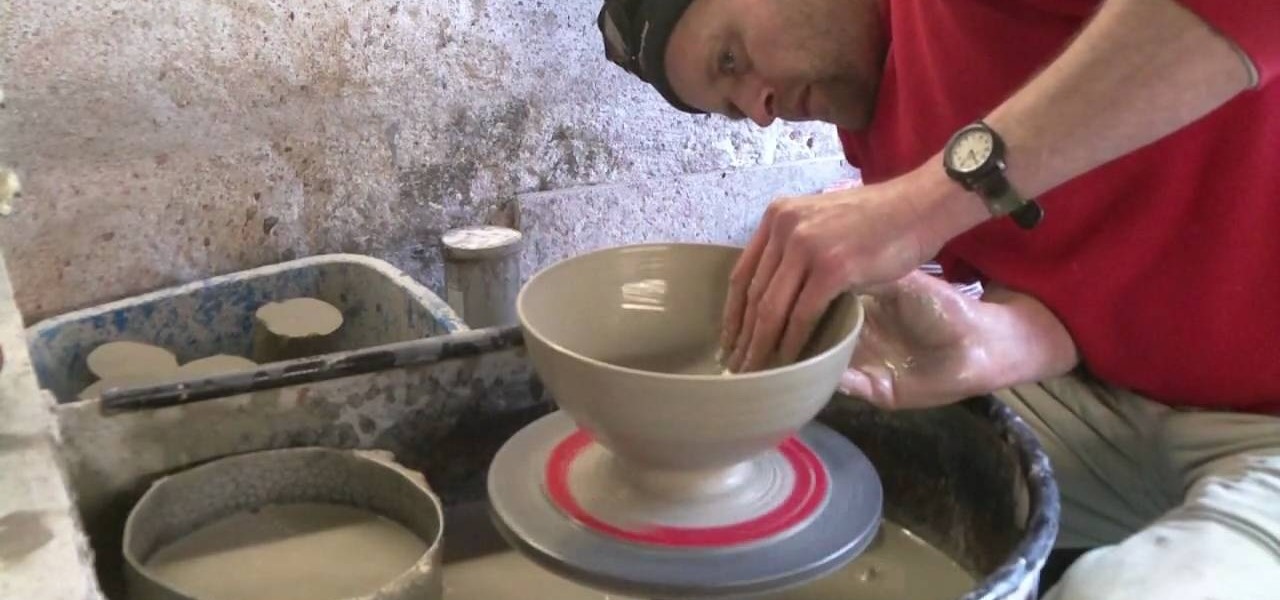
To throw a clay pottery fruit bowl, place a lump of clay on the potter's wheel and wet it with water. Use the foot pedals to spin the wheel while shaping the clay with your hands. Draw the clay up and then use your thumbs to create an indentation in the center of the clay. Apply slight pressure and the clay should assume a bowl form. Use water as necessary to create the right clay consistency. Draw the clay up to make the bowl walls thin. While shaping the bowl walls with one hand, create a r...

This video shows you how to make, a home made fruit smoothie hair mask is proven to prevent hair loss and cure itchy scalp and dandruff. Helps to regrow hair and also to strengthen and fortify your hair.

Heat the broiler and arrange the rack so it's about 6 inches from the heat. Peel the pineapple, cut it into rounds about 1/2 inch thick, and use a paring knife to cut out the core.

Learn Arabic words using the Learn Arabic with Pictures series from ArabicPod101.com. Beautiful images clearly show Arabic vocabulary divided into units by topic.

Learn how to organize your kitchen. You might cook more if your kitchen weren’t so cluttered. Okay, maybe not. But, still—wouldn’t it be nice to have an organized cooking space?
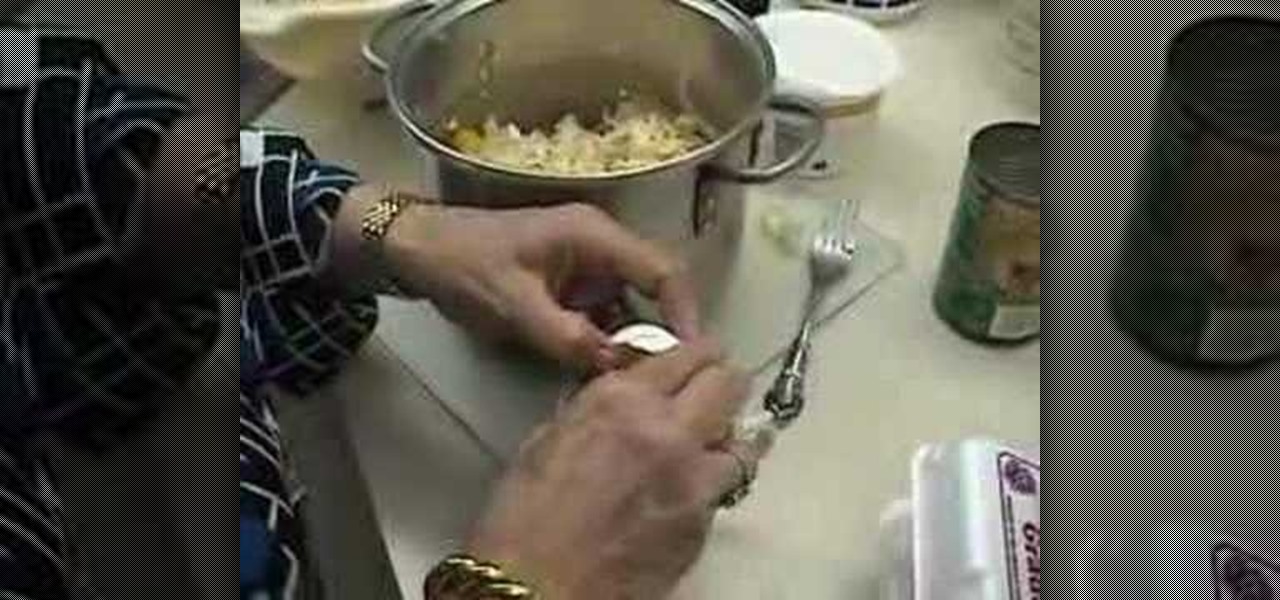
This is how to make a Kugel. Get out your eggs, noodles, sour cream, cottage cheese, sugar, and fruit salad. This is a classic kosher Passover treat or dish for any Jewish holiday.

Not sure what to serve at your next cocktail party? Try a decadent vodka and fruit cocktail that doubles as a chocolate dessert. In this how to video Lee makes a classic vodka and raspberry fruit cocktail with Hotel Chocolat's Kiss Mix Liquid Chocolat.

For a friendly mobile game, Animal Crossing: Pocket Camp has an overwhelming number of items and collectibles — from fruit to fish to friends. Even though it can be difficult to keep up, this guide will be a great stepping stone to creating the campsite of your dreams without spending a dime.

A trip to any grocery store's produce section will quickly reveal that bananas are often picked from the tree well before their prime—which is necessary for them to arrive at our local store without going bad. In fact, bananas are refrigerated en route to our supermarkets in order to stave off the ripening process... which makes sense, since they travel quite the distance (from the Tropics around South America or Africa to our proverbial doorstep).

You already know that 3D-printing technology is swiftly evolving—it's been used to print balloon animals, bikinis, and house keys, and there's even an affordable home version of the printer, as well as one you can 3D print.

When I first started cooking, if I saw lemon juice or zest in a recipe, I almost always left it out. Unless it was a main component, I never thought it made much of a difference in the overall flavor of the dish, but I couldn't have been more wrong.

You've probably seen the classic fruit battery science experiment a thousand times, but I doubt you've ever seen it turned into an art project! Photographer Caleb Charland uses everyday objects like apples, coins and vinegar to create makeshift batteries, then takes these gorgeous long exposure photos. For the apple tree photo, Charland got about 5 volts for every 10 apples, so he had to wire 300 apples to power the lamp for several hours. He used a zinc-coated galvanized nail and copper wire...

In this video, from happyauershow, we learn how to make some healthy snacks for kids. First, is a sweet Kid Kabob. You need a skewer, strawberry, pineapple, marshmallow, and Rice Krispies Treats. Simply make a pattern on the kabob however you'd like. You can use whatever fruit your children like best. The next snack is Kid Sushi. For this you will need Rice Krispies Treats and Fruit Roll-Ups. Roll up the Rice Krispies Treats in the Fruit Roll-Up, cut in sections, and you have the Sushi Rolls....

Making lemon zest isn't hard and doesn't take a long time, especially if you have a lemon zester. A zesting tool is the number one preferred way to get that lemon zest with no mess and no fuss. So, in the first video tutorial, see how to make lemon zest with a zester. Use a zesting tool for the peeling, and make sure to wash the outside of the lemon thoroughly to remove dirt and residue. Then zest away!

Lose weight and have more energy by taking the refined sugar out of your diet. Learn how to break your sugar addiction with this how to video.

Nothing ruins a romantic fresh air picnic like the buzzing of angry yellow jackets—especially since, unlike the useful honey bee, they can use their stingers over and over again... Learn how to deal with bees without getting stung. This instructional video from Howcast offers tips on handling yellow jackets.

Don’t throw out that banana peel—or that overly ripe banana. Put them to good use around your house instead.

Jennisse shows how to do your nails ‘Fruit Style’, using acrylic glitter, in this tutorial. She begins by taking the natural shine away and bowing the nails down. A few coats of acid-free protein primer are then applied onto the nail beds. Next, some bright green acrylic glitter is taken onto a small brush and applied side to side, at the point where nail grows beyond the finger line. The nail is turned over to create a smile line. Then a thin coat of yellow glitter is added next, halfway beh...

We love a good bowl of punch just as much as the next partygoer. But you don't want to be the one to make his or her way to the bowl after all the ice melts and turns that beautiful beverage into a watery wasteland.

Pickling isn't rocket science. In fact, anyone can make their own speciality pickles using just about any fruit or vegetable. For example, I've pickled everything from lemons, watermelon rinds, and apples to red onions, carrots, radishes, and cucumbers.

Several years ago, I moved to Brooklyn, New York, just outside a Spanish neighborhood. It was here that I was introduced to chayote. Fast-forward to present day: I live in Los Angeles and buy several chayote squash a week to cook with—yes, I said several. It's so versatile and healthy! For the uninitiated, chayote (chai-YOH-tee) is a light green squash shaped like a pear originating from central Mexico. Although it's considered a fruit, chayote is a member of the Cucurbitaceous (gourd) family...

Lemons are often displayed as a bright and beautiful pop of color in many home kitchen displays. They lend a lovely scent to the air and an aesthetic sense of freshness to any setting. Therefore, it would be easy to assume that lemons are best left at room temperature.

The grill isn't just a place for burgers, dogs, and corn anymore. Fresh fruit has made its way into barbecue territory, with results so good, you'll think twice about settling for fruit salad. While some fruits are common enough on the grill (like pineapple), these six are more off the beaten trail: peaches, watermelon, strawberries, mango, and pears.

Raw fruit "cakes" are all the rage these days, and this stacked watermelon cake is easy to put together and is perfect for people of all ages. It's also perfect for every diet, as it's low-calorie, low-fat, gluten-free, and full of "good" carbs.

Even the most unadventurous eaters can usually be coaxed to take a bite of an exotic fruit (except, perhaps, the notoriously stinky durian). After all, fruit is sweet, juicy, and filled with natural sugars.

We tend to assume that eating is mostly a physical act, but the mind has so much to do with the choices we make.

We've told you how a rice cooker can work as a DIY sous vide machine and make amazing risotto the lazy way, but did you know that it can also make pancakes, bread, mashed potatoes, and poached fruit?

You probably already know that cooking involves a ton of chemistry. Bread rises because of the reaction between the flour and leavener, and the delicious crust on your steak is formed by the Maillard reaction. Understanding the chemistry going on behind the scenes is one of the best ways to improve the quality of your food—it's much easier to fix a problem when you know what's causing it.

Grapes as dessert? After watching this food video you'll think twice about these juicy purple orbs. While we think popping some grapes into our mouths is delicious enough as it is, this recipe combines grapey goodness with icy coldness for a delicious, almost popsicle like snack.

Just because the grocery store sells produce, doesn't mean it's all good and ready to eat. Mangos are a particularly tricky fruit to get right… er… ripe. Tommy Atkins mangos the more common mangos, and are usually grown in Mexico (originally Florida). When choosing a Tommy Atkins mango, you need to look for a mango without bruising and with as much color as possible. Green is not quite ready yet. Red is excellent, but a beautiful mix of red and yellow is the best.

In this video Sue demonstrates how to cut a pineapple quickly and easily .surely this method will help to cut a pineapple without any mess. At first she cuts off the top of the pineapple and then the bottom ,then she places the pineapple standing on its base and bisect into two half at the middle and again she cuts the half piece at the center to get quarters. Then she cuts the quarters core away ,then she begin to slit the fleshy part of the fruit without cutting the skin ,after that she run...

This is a very simple technique you can use to light your walkway. You will need several used soda container with the tops cut off, a few poinsettia leaves or frozen cranberries, distilled water, plastic cups, rocks and small votive candles.

Want to figure out that illustrious feature in Adobe Illustrator that everyone's talking about? The gradient mesh tool? This Illustrator tool can help create beautiful and photo-realistic vector images, like this example of a guava fruit. Learn how you can master the gradient mesh tool, which isn't easy— it requires patience and passion, so just keep practicing until you've got it down pat!

In this tutorial, we learn how to open a variety of coconuts. These fruits can be extremely difficult to open up, but it can be done. First, you will need to have a very large and sharp knife and all of your types of coconuts. To open them up, you will need to first crack the skin of the coconut with the sharp knife. On other coconuts, you can simply use the knife to cut the outer skin off to get to the milk that is in the middle. Whichever way you choose, just make sure you have a very sharp...

Fall is officially in full swing, which means a whole new supply of in season fruits and vegetables from corn to eggplants to apples. Make use of the deliciousness of freshly picked fall apples by making this apple crisp with Rachael Ray.

Think apples are the only fruit you can dip into liquid caramel/white chocolate and shape into edible pumpkins for Halloween? Then with this video you'll receive an education in how to break out of your Halloween inhibitions and create white chocolate dipped strawberries shaped into pumpkins.

A lot of commonly used household items are actually poison for your furry friends. In this clip, learn all about which items can pose a danger for your dog or cat. It's not only chemicals that are bad for your pets, innocent seeming items like fruit, veggies, chicken bones, chocolate, human medications and many other hidden dangers exist as well.

Yoginis have the best balance, able to balance an organic fruit basket on their heads while juggling hammers and riding a unicycle. Absorb this zen-centered bliss by watching this yoga routine.

If you've made it this far, you want to finish your knit sock the right way so you can fully enjoy the fruits of your labor. The kitchener stitch is the perfect way to finish knitting a sock. This video will show you to close the toe with a kitchener stitch.

Food editor Ian Knauer shows you how to maximize the juicing potential of your citrus fruits. Follow along and learn how.










